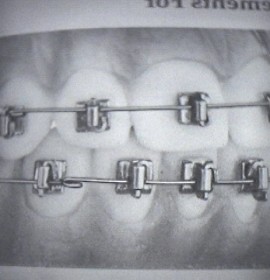
History & taste of Toothpaste
Baby pacifiers . child and dental care . Chipped Tooth . Dental Problem . Dental Restoration . Dentistry . gum disease . Invisalign
Toothpaste has likewise seen many permutations and improvements throughout history. One of the first known references to toothpaste was found in a 4th century Egyptian manuscript, which detailed a mixture of pepper, salt, mint leaves, and iris flowers. Ancient toothpastes were made from a power of ox hooves’ ashes and burnt eggshells. Crushed bones and oyster shells were favored by the Greeks and Romans. Ginseng, mints, and salt were favored by the Chinese. Urine was a surprisingly popular base for early toothpaste formulas, too.
To modern people, these ingredients may seem questionable, if not downright distasteful. However, studies of early people’s teeth often show less incidences of tooth decay that one would think – mostly likely due to the lack of refined and processed sugar in their diets. But back then, if a tooth did become infected, the only treatment option was typically extraction.
The advent of the mass market toothbrush naturally spurred the invention of mass market toothpaste. There were a variety of formulations, most of which were in powder form. They typically contained soap, chalk, and/or ground charcoal. Creme Dentifrice, the first toothpaste in a jar, was developed in the 1850s. While commonly available, Dentifrice was typically made and sold by individual dentists. Colgate began producing toothpaste in jars in 1873. It wasn’t until the collapsible metal tube, like we use today, was invented in the 1890s that toothpaste became truly mass-market and easily available to general consumers.




